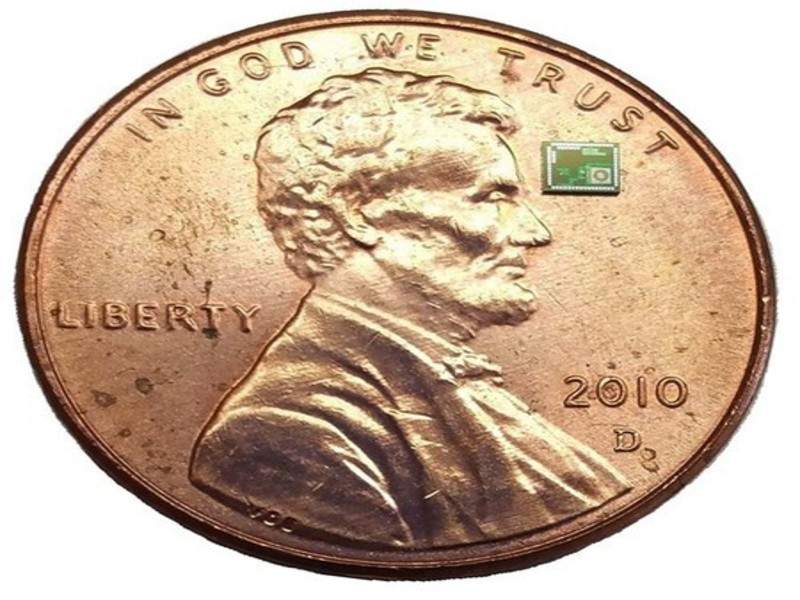

Researchers at the California Institute of Technology (Caltech) in the US have developed the prototype of a miniature device that can be inserted and tracked in smart pills to diagnose and treat diseases.
Based on magnetic resonance imaging (MRI) principles, the new 'addressable transmitters operated as magnetic spins' (ATOMS) are silicon chip devices that allow accurate identification within the body.
Integrated with sensors, resonators and wireless transmission technology that simulate magnetic resonance properties of atoms, the microdevices can be located using magnetic fields.
Lead researcher professor Azita Emami said: "We wanted to make this chip very small with low power consumption, and that comes with a lot of engineering challenges.
"We had to carefully balance the size of the device with how much power it consumes and how well its location can be pinpointed."
See Also:
The devices are intended to monitor the gastrointestinal tract, blood or brain through the measurement of various factors such as pH, temperature, pressure and sugar concentrations that are relayed to doctors.
How well do you really know your competitors?
Access the most comprehensive Company Profiles on the market, powered by GlobalData. Save hours of research. Gain competitive edge.

Thank you!
Your download email will arrive shortly
Not ready to buy yet? Download a free sample
We are confident about the unique quality of our Company Profiles. However, we want you to make the most beneficial decision for your business, so we offer a free sample that you can download by submitting the below form
By GlobalDataIt is expected that the devices can also be instructed to release drugs within the body.
According to co-researcher Mikhail Shapiro, the location of all the ATOMS chips can be identified even during the presence of several devices in the body.
Tested and validated in mice, the final prototype of the microdevice has a surface area of 1.4mm², which is 250 times smaller than a penny currency coin.
For wirelessly tracking the chip's location, the ATOMS device features a magnetic field sensor, integrated antennas, a wireless powering device, and a circuit to adjust its radio frequency signal based on the magnetic field strength.
Image: The ATOMS device next to a penny. Photo: courtesy of Shapiro and Emami Labs/Caltech.





